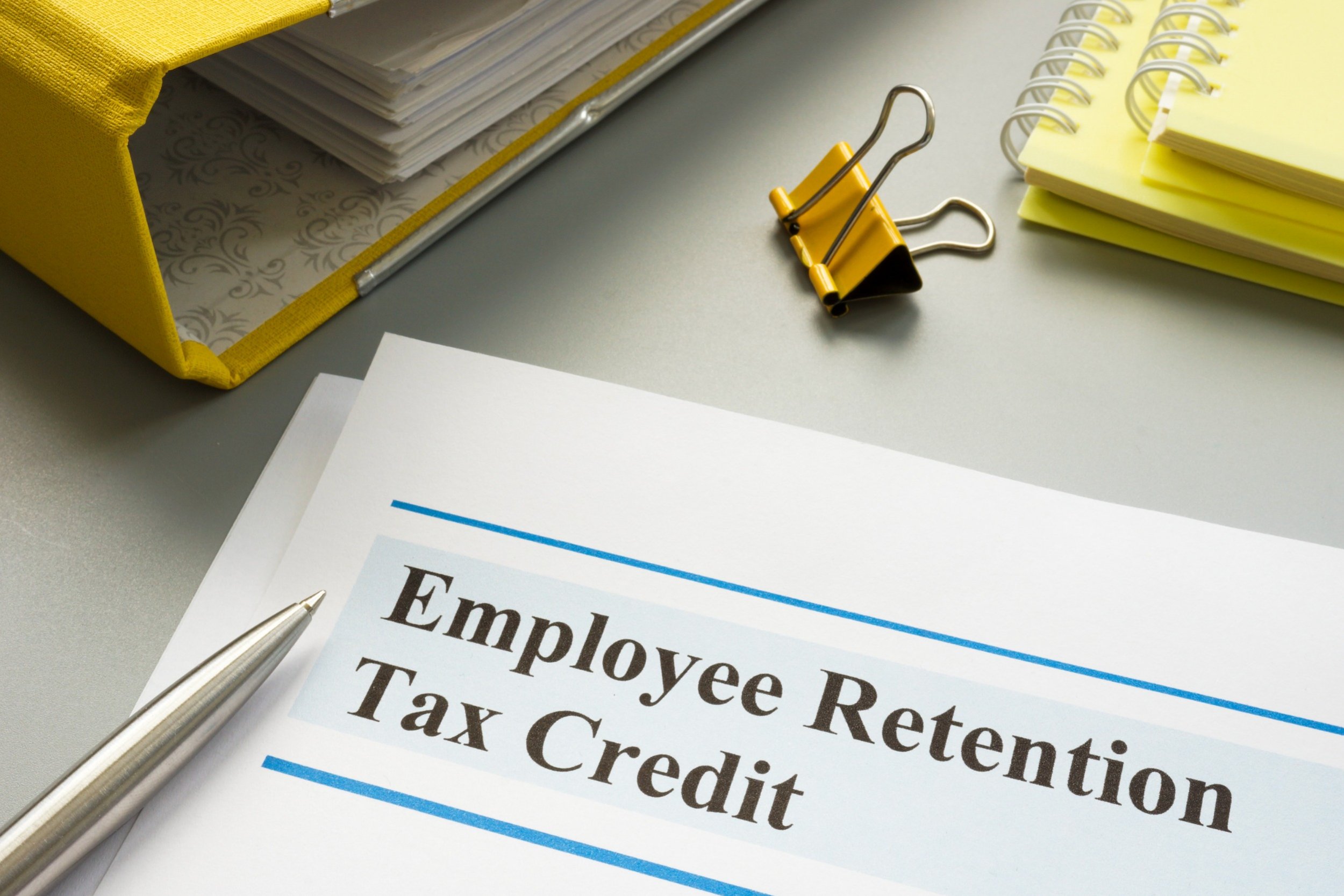
![]()
Earlier this year the Department of Labor issued a Training and Employer Guidance Letter (TEGL) regarding the Work Opportunity Tax Credit (WOTC). The TEGL reiterates how employers and state workforce agencies (SWAs) should proceed with administering the WOTC program and its related processes.
The purpose of the TEGL is to “provide updated procedural guidance to state workforce agencies (SWA) on the WOTC certification process.” Effective July 1, SWAs and employers alike must comply with the requirements detailed in the TEGL, which includes improving WOTC submission, reviewing, and communication processes. The TEGL makes clear that “SWAs must apply this guidance to all certification requests including any 'backlog' unprocessed certifications requests that were submitted for previous years.”
Included in the letter are steps for how SWAs should improve their processes for accurately and efficiently processing WOTC certification requests. They are as follows:
- Perform an intake phase where all of the necessary forms and supporting documentation are collected to determine WOTC eligibility
- Verify that the job applicant is a “first-time, qualifying member of a targeted group”
- Notify the employer or appropriate consultant of the verification results (deny or approval of WOTC certification)
In other words, SWAs need to uphold the requirements of WOTC submission processes and enforce the rules and requirements for issuing WOTC approval and denials. Employers and consultants should take note of this renewed attention to detail and improve their WOTC processes accordingly.
As part of the new processes outlined in the TEGL, SWAs must also review and audit their determination letters on a quarterly basis. If inaccuracies are identified, the SWA must then notify the employer and any affiliated consultant of the incorrect determination via a Notice of Invalidation or Notice of Revocation, depending on the type of inaccuracy issued.
The Employment and Training Administration recommends SWA review certifications for the following information to ensure compliance with the TEGL requirements:
- Timely submission
- Completeness of forms, such as signatures and dates
- Accuracy of supporting documentation and related data
- Who submitted the forms and if they are either the employer or the employer’s authorized representative
The TEGL also identifies protocols for submitting WOTC certifications to SWAs. As a reminder, the most recent version of the documents must be submitted for review. If obsolete forms are submitted, certifications can be denied, regardless of employee eligibility.
To submit WOTC certification requests, employers must use IRS Form 8850, which is the pre-screening notice for employees, Form 5884-C to claim the WOTC for tax-exempt organizations, and Form 3800 for taxed entities claiming the credit.
The biggest takeaway from the TEGL is that the process for WOTC is becoming more stringent. SWAs are required to review requests with a fine-tooth comb, and to regularly review their processes to ensure nothing is slipping through the cracks. Employers administering a WOTC program internally may see a decline in WOTC certifications if they’re not diligent in submitting WOTC requests to the appropriate SWA.
Due to the more rigorous SWA processes, organizations should leverage an expert consultant, like Trusaic, to increase WOTC earnings. Consultants like Trusaic will handle the process for you to ensure forms are submitted on time and accurately. Our TaxAdvantage® solution handles all of the paperwork requirements, provides you with recommendations on when to apply earned tax credits, and screens candidates efficiently to verify eligibility and increase your certification approvals.
To learn more about our WOTC program, download our Tax Advantage flyer. Employers new to WOTC can earn up to $9,600 in tax credits per employee. The program was recently extended through 2025 as well, so now would be a great time to implement WOTC into your hiring process.



